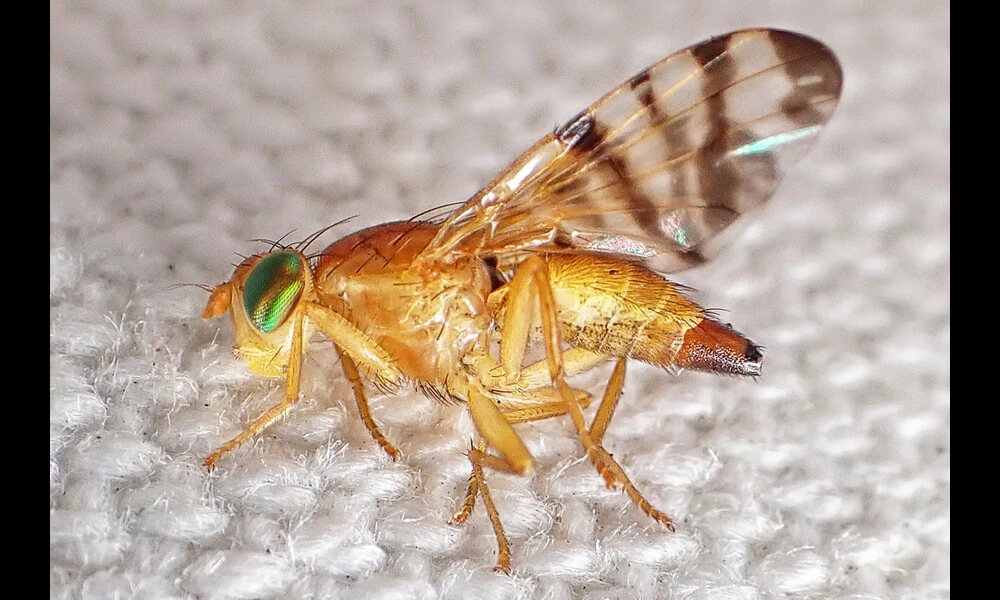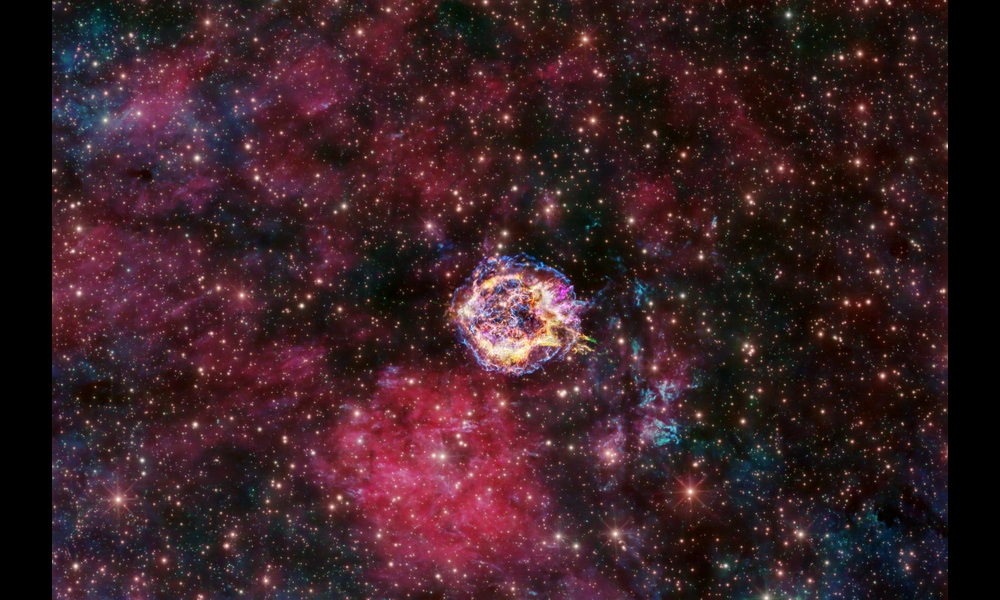Scientists Create Bioluminescent Fruit Flies
Published on Fri Jun 30 2023 Rhagoletis alternata | Martin Cooper on Flickr
Rhagoletis alternata | Martin Cooper on FlickrScientists have made a breakthrough in understanding the process behind bioluminescence, the ability of certain organisms to produce light. In a recent study, researchers studied the fruit fly enzyme CG6178, which is similar to the enzyme that allows fireflies to glow. Despite its similarities to the firefly enzyme, CG6178 does not naturally emit light. However, through careful mutation of the enzyme's structure, the scientists were able to create an artificial luciferase, named FruitFire, that produced light.
This discovery is significant because it could potentially lead to new methods of in vivo bioluminescence imaging, particularly in the brain. While firefly luciferase is currently used for such imaging, it is not very effective in the brain due to its limited activity with the natural luciferin D-luciferin. FruitFire, on the other hand, showed increased bioluminescent activity with a synthetic luciferin called CycLuc2. This opens up new possibilities for studying brain activity and imaging techniques.
To create FruitFire, the researchers identified a steric protrusion in the CG6178 enzyme that was obstructing its substrate binding site. By mutating this protrusion, they were able to improve the enzyme's ability to emit light. In fact, FruitFire exhibited a significantly higher bioluminescent activity with CycLuc2 compared to CG6178, as well as some activity with D-luciferin.
This study demonstrates the potential for engineering enzymes like CG6178 to create novel and selective luciferases for various imaging applications. By understanding the molecular basis for the substrate discrimination in CG6178 and making targeted mutations, the researchers were able to improve its luciferase activity. This paves the way for further advancements in bioluminescence imaging technology and provides valuable insights into the evolution of luciferases in nature.
Overall, this research has shed light on the mechanisms behind bioluminescence and has the potential to revolutionize in vivo imaging techniques. FruitFire, the artificial luciferase created through this study, holds promise for future studies in the field of bioluminescence and could lead to new breakthroughs in understanding brain activity.



